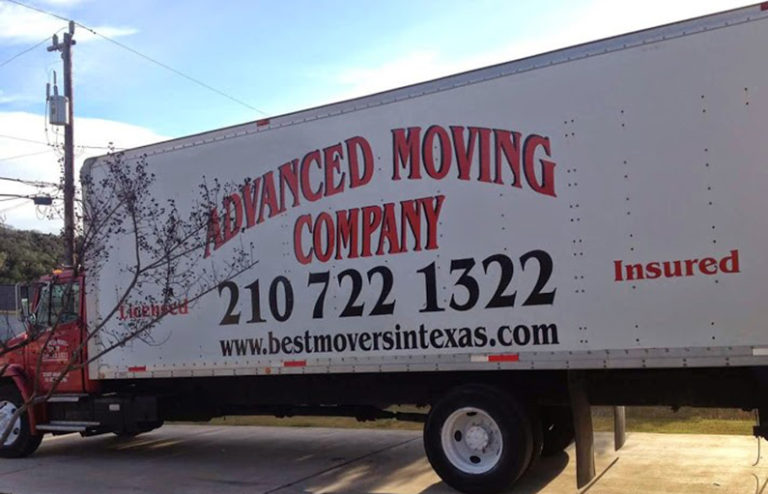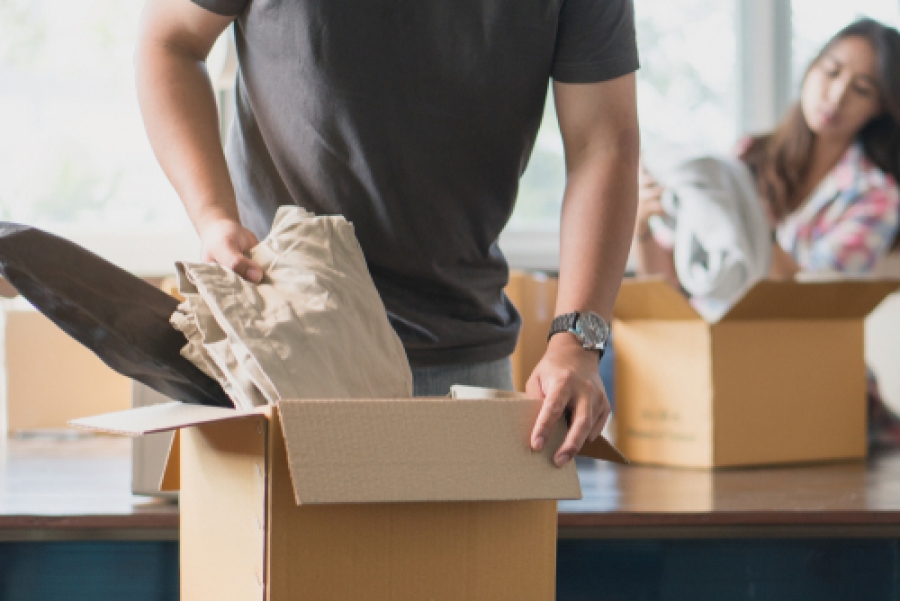

Companies displayed may pay us to be Authorized or when you click a link, call a number or fill a form on our site. So furniture, being the heavy ones, shield the other items, and we tie all the tiers together to form a cell.”ĬonsumerAffairs is not a government agency. Kathy Bennett, CEO and founder of Bennett Packaging, a corrugated packaging company, pointed out a slight amendment to the “tier and cell” process that might work for you: “The process we follow is we try to load heavy furniture in tiers diagonally and then load the relatively small items inside that diagonal shape. You can also use moving straps to secure larger items and keep them from shifting as you're going down the road. Make sure to distribute the weight evenly so boxes will stay where you put them and you don’t have an avalanche of belongings falling on you when you open the door. Make sure you tie down the last tier before closing the truck and getting on the road. Continue this way, making sure to fill in any gaps to prevent the contents from shifting, until you reach the rear of the truck. Load your boxes vertically, then tie off completed sections with stretch wrap to form a cell. Use moving straps and stretch wrap to secure items that may otherwise shift and break in transit. Your first tier, for instance, might be for big, heavy furniture, and the second tier will be smaller, lighter items. The process is pretty simple - you can use furniture pads, packing blankets, filling materials and stretch wrap. Many truck rental companies and moving experts recommend loading a moving truck in tiers, if possible, to maximize space and keep your belongings from shifting in transit.
Help unpacking moving truck how to#
» NOW WHAT? How to unpack after moving Loading the truck in tiers You may also want to load anything else you’ll be eager to check on last. Load items you’ll need upon arrival - overnight bags or suitcases, toiletries - last, at the back of the truck, so they’re easily accessible and the first off as soon as your belongings reach your new home. Put important boxes at the very back of the truck The lightest items, like small appliances, boxes, smaller furniture and pictures, should be loaded next. Use moving blankets to add some extra protection for these items. Sofas, tables, headboards, desks and other similar items should be loaded in an upright position. This keeps the weight better distributed and prevents larger items from crushing the smaller ones.

Start with the heaviest and largest items when loadingįurniture, large appliances, mattresses and similar items should be on the bottom toward the front, closest to the cab.

If you have dressers, chifforobes or desks with drawers, you can put boxes, blankets or other soft items inside to help keep them more secure.Ĭlean your rugs, roll them with the top side facing out, wrap them in plastic and tie them securely. When packing a moving truck, you want to do two things: maximize your space and evenly distribute the weight of heavy items. » DO IT RIGHT: How to pack for a move How to load a moving truck The area should be large enough that the boxes and stand-alone items can be separated by room (it helps to color-code using stickers), and you can set aside boxes that need to be unpacked first, like bed linens, towels, toiletries and coffee supplies. As you pack boxes, you can move them to this area so they stay out of the way and you can see your progress, which can be a great motivator. First, identify a staging area in your home. Once you have your supplies assembled, it’s time to begin packing and preparing for your move. You might also opt for specialty moving supplies, like wardrobe boxes and “fragile” stickers.
Help unpacking moving truck pro#
Pro tip: You might be able to get free moving boxes from bookstores, supermarkets or liquor stores.ĭepending on the belongings you’re packing, you may not need some of these supplies - and this list isn’t exhaustive.

Choose boxes that are the correct size for the items inside - for example, if you’re packing books, it’s smart to use small boxes so they don’t get too heavy to carry. Begin by making a moving checklist, then gather all your supplies.


 0 kommentar(er)
0 kommentar(er)
